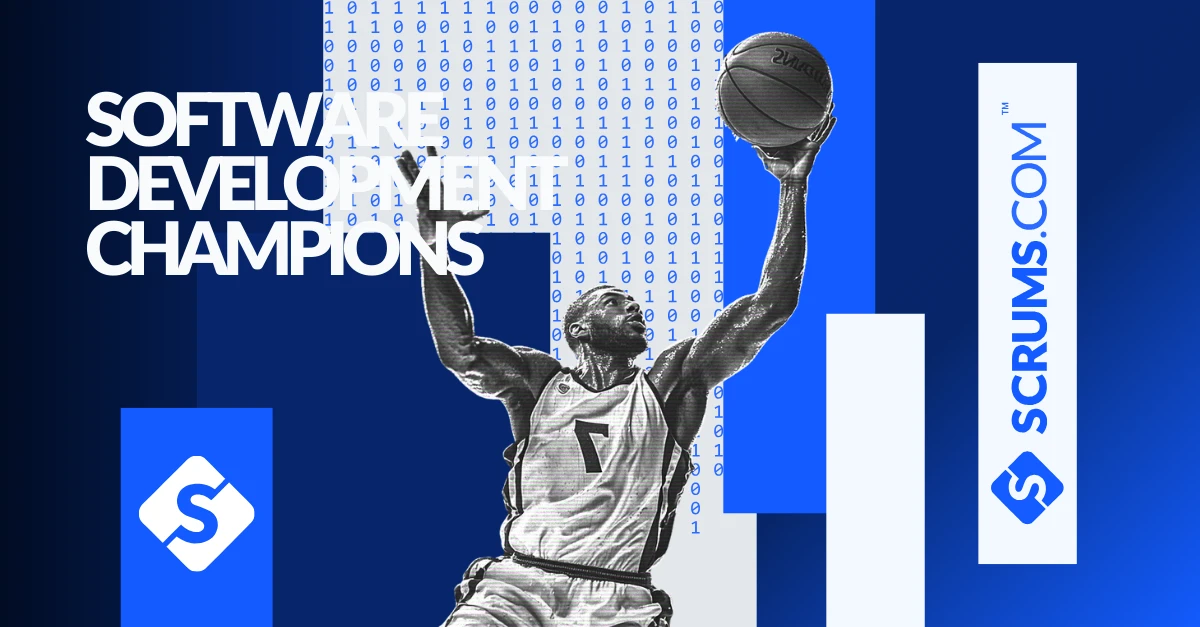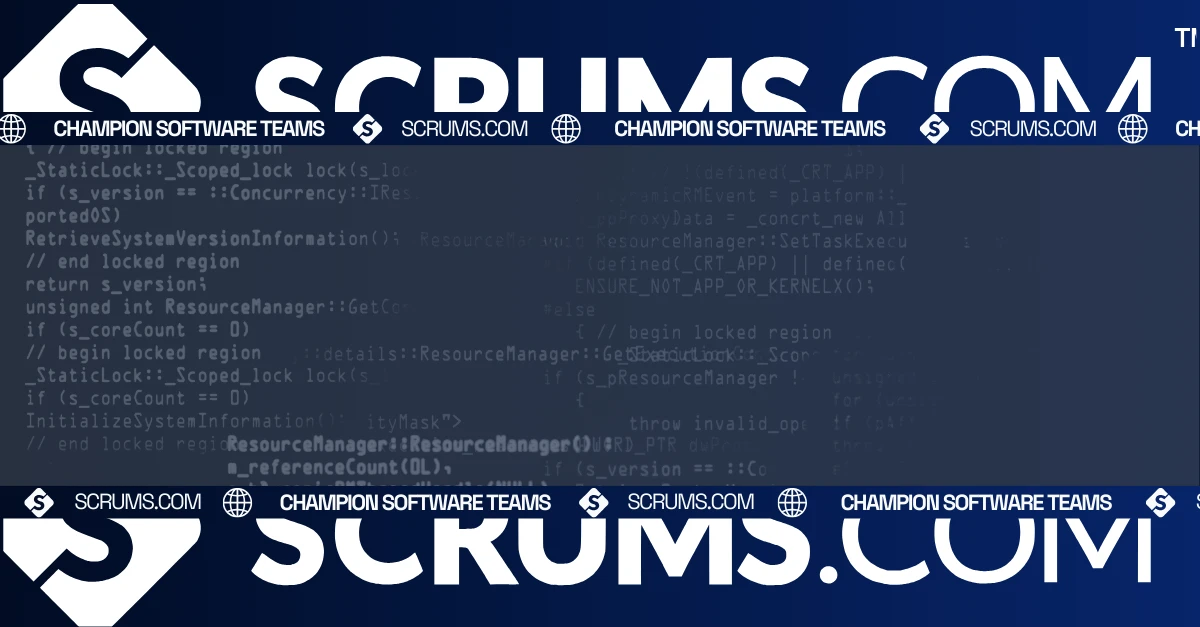Slick Front-End Development with Brackets Text Editor
Introduction to Brackets
Brackets is an intuitive, open-source text editor designed specifically for web and front-end development. Developed by Adobe, Brackets offers a lightweight yet powerful platform for coders, making it particularly appealing to software development companies and freelance developers looking to streamline front-end workflows. Its core strengths lie in its live preview capabilities, preprocessor support, and seamless integrations with popular web technologies like HTML, CSS, and JavaScript.
At a time when businesses require efficient, attractive, and flawless web outputs, Brackets provides the tools developers need to deliver high-quality work quickly. For business owners and CTOs, adopting an advanced, user-friendly text editor can lead to faster product releases, lower costs from optimized development processes, and a more unified development ecosystem.
What is Brackets?
Brackets is a modern, open-source text editor catered primarily to web developers and designers. Launched in 2014 and originally developed by Adobe Systems, Brackets features an advanced set of tools for editing HTML, CSS, and JavaScript, making it a top choice for front-end projects.
One standout feature is Live Preview, which allows designers and developers to see real-time updates to HTML or CSS directly in a browser as they’re coding. Brackets also offer handy features like Quick Edit, providing immediate access to CSS classes or JavaScript functions while editing HTML or JS.
While Brackets was initially designed for front-end developers, its extensible nature makes it capable of handling more advanced projects, especially those requiring preprocessor integration (e.g., SASS and LESS). From e-commerce websites to marketing landing pages, it’s a highly effective tool for environments that demand dynamic, interactive user experiences.
Core Features and Functionalities
1. Live Preview
Brackets' signature feature, Live Preview, allows developers to see instant, real-time changes in their browser as they update code. It's particularly useful for fast, efficient web development and design refinement without the need to reload the browser manually.
Business Value: Projects get delivered faster thanks to on-the-fly modifications and reduced testing cycles, ultimately lowering cost overheads.
2. Quick Edit
Quick Edit gives users the ability to contextually edit CSS styles, JavaScript functions, and even color values directly within the HTML page, eliminating the need to switch back and forth between files.
Business Value: Design teams and developers can work more seamlessly together, reducing friction and speeding up agile workflows.
3. Preprocessor Support
Brackets offer preprocessor support out of the box, allowing smooth usage of SASS or LESS for more dynamic styling in CSS. This is a critical feature for front-end developers working on design-heavy projects.
Business Value: Smoother integration of preprocessors allows faster and more scalable web design, resulting in better usability for large-scale projects.
4. Extensibility via Plugins
Brackets boasts a robust ecosystem of extensions that allow developers to add custom features such as Git integration, FTP management, linters, themes, and more. These plugins enhance flexibility and allow developers to scale the tool based on requirements.
Business Value: By adding only the features you need, Brackets can grow with your team without adding extra, unrequired complexity—allowing for extreme cost-efficiency.
5. Cross-Platform Support
As a cross-platform tool, Brackets runs efficiently on macOS, Linux, and Windows, ensuring development teams across the board can use it without platform constraints.
Business Value: Brackets’ compatibility with multiple operating systems makes team collaboration more seamless and accessible.
6. Node.js Integration
Brackets utilize Node.js internally, allowing real-time, non-blocking I/O when handling extensions or when performing live previews—resulting in a faster, smoother development experience.
Business Value: Node.js integration speeds up both prototyping and testing, ultimately increasing business capacity for simultaneous project handling.
Benefits for Businesses and Development Teams
For Businesses
- Improved ROI through Fast Turnaround: Real-time previewing and quick edits mean projects are completed faster, enabling businesses to capitalize on trends or changes more rapidly.
- Cost Savings: Brackets is open-source, offering a zero-cost tool for development while significantly reducing the need for expensive third-party web development software.
- Scalability for Digital Growth: Integrated extensions and language support make Brackets ideal for scaling simple websites into more complex applications or continuously updating existing projects.
For Developers
- Ease of Use: Designed with developers in mind, Brackets provides built-in support for front-end languages, inline editing, and live-reloading, improving efficiency.
- Flexibility: From HTML, CSS, and JavaScript to preprocessors, Brackets offers flexibility in how developers manage both static and dynamic websites.
- Integration with Existing Workflows: Its versatility extends into common frontend stacks, integrating seamlessly with tools like Git for version control or FTP for direct web deployment.
Use Cases and Applications
1. Front-End Web Design and Development:
Best suited for web design or UI development, Brackets simplifies HTML and CSS manipulation, while features like Live Preview and Quick Edit make it perfect for creating fast, responsive designs. Even detailed animations can be optimized directly within the editor.
2. E-commerce Websites:
Front-end development in the e-commerce space often requires SASS or LESS preprocessing skills to keep CSS code lean and dynamic. Brackets’ built-in support for these preprocessors makes constructing fast, responsive online stores much easier.
3. Marketing and Landing Pages:
Perfectly tailored for quick landing page adjustments, A/B testing, and campaign launches, Brackets let marketing teams tweak designs on the fly and quickly push out changes for various markets.
4. Collaborative DevOps Workflows:
Given Brackets’ plugin architecture, you can integrate it into wider DevOps and CI/CD workflow pipelines with tools like Git, Jenkins, or even Docker, allowing business and developer teams to streamline processes for more efficient product rollouts.
Integration Capabilities and Ecosystem
Brackets offers strong interoperability with other platforms , making it a versatile option for development teams.
- Cloud Platforms: Brackets works seamlessly with cloud platforms like AWS or Microsoft Azure for web deployments.
- Version Control: Integrate Brackets with Git using popular extensions to enable real-time file management and versioning.
- Preprocessor Integration: For visually heavy projects, Brackets offers native integration with LESS and SASS preprocessors, letting designers transform static sites into dynamic, responsive experiences.
- Node.js: Since Brackets itself uses Node.js under the hood, developers can leverage its power for real-time testing and deployment projects where fast, non-blocking operations are essential.
With hundreds of free available plugins, Brackets can be adapted to any workflow. From linting tools and Git support to live URL previews and task runners, Brackets’ flexibility is its strongest asset.
Comparison with Alternatives
When compared to text editors like Sublime Text, VSCode, or Atom, Brackets stands out for its simplicity and web development focus.
- Brackets vs. Sublime Text: While Sublime Text is well-known for speed and customization, Brackets' Live Preview functionality makes it the more compelling choice for front-end developers.
- Brackets vs. VSCode: VSCode is more of an all-around IDE capable of handling everything from web development to Java or Python applications. Brackets' focus on simplicity and ease of use makes it preferred for small-to-medium-sized front-end projects.
Why Choose Brackets: If you need a lightweight, focused text editor tailored especially for HTML, CSS, and JavaScript web development workflows—where live preview is a must.
Getting Started with Brackets
Follow these steps to get started with Brackets efficiently:
- Download and Install: Head over to brackets.io to download the latest version of Brackets for macOS, Linux, or Windows.
- Explore Extensions: Once installed, visit the Extensions tab to customize your Brackets setup with versions for Git, SASS support, or even linters for error-checking.
- Start Editing: Begin working on your project files with live edits by simply saving and refreshing the browser using Live Preview.
- Integrate with Version Control : If working on collaborative front-end projects, consider setting up your Git repositories directly in Brackets using a Git Extension.
For additional guidance, check out Brackets community resources.
Related Tools and Resources
- Brackets vs. Visual Studio Code: A Comprehensive Comparison
- Best Practices for Front-End Development Using Brackets
- Top Must-Have Plugins for Brackets Users
Explore Related Software Development Tools
FAQs
We've got you covered, these are some common questions we receive. Not seeing the answer to something?...
Yes, Brackets is fully open-source and available without any licenses or subscription costs.
Absolutely. Brackets support Git integration through available extensions, simplifying your version control workflows.
Brackets support HTML, CSS, and JavaScript out of the box, with plugin extensions available for a wide array of other languages.
Brackets shine with its Live Preview feature, allowing real-time browser updates without switching between environments, particularly useful for web developers.
Yes, Brackets fit well into DevOps workflows, especially when synced with version control systems like Git and collaborative tools like Jenkins or Docker.
Yes, Brackets come with built-in preprocessor support, making SASS and LESS workflows easy to manage.
Explore Software Development Blogs
The most recent trends and insights to expand your software development knowledge.






